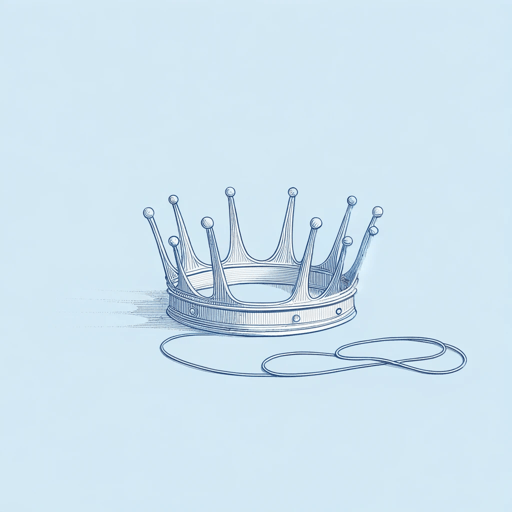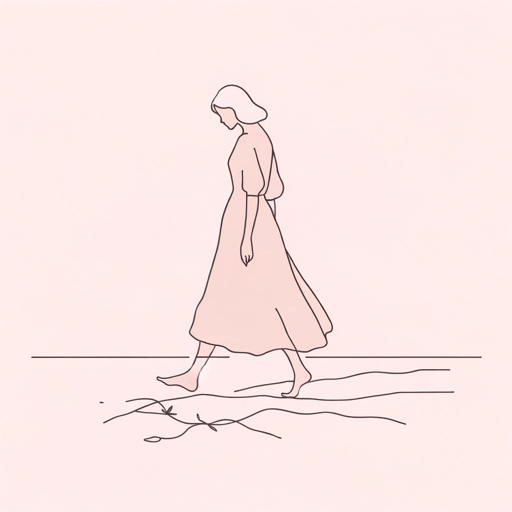19 pages • 38 minutes read
William ShakespeareSonnet 130
Fiction | Poem | Adult | Published in 1609A modern alternative to SparkNotes and CliffsNotes, SuperSummary offers high-quality Study Guides with detailed chapter summaries and analysis of major themes, characters, and more.
Background
Literary Context
“Sonnet 130” relates to Shakespeare’s other sonnets about the mistress because they build upon the woman’s departure from beauty norms. In the poem that starts the sequence, “Sonnet 127,” the speaker argues that people didn’t consider the color black beautiful or “fair,” but, for the speaker, black is beautiful, and his mistress’s eyes, while “nothing like the sun” (Line 1) are, in “Sonnet 127,” “raven black.” Thus, “Sonnet 130” aligns with the other sonnets when it comes to toppling conventions about the ideal look for women.
In the context of Shakespeare’s plays, “Sonnet 130” fits in rather nicely. Like the mistress in the sonnet, Shakespeare tends to create women characters who defy objectification. In Romeo and Juliet, a play about two lovestruck teens, Juliet has agency and the mind to subvert her parents’ plan to marry her off to someone else, as she hatches a scheme to elope with Romeo. In Macbeth (1606), Lady Macbeth possesses the will to propel her husband to kill so that he can become king. The mistress in “Sonnet 130” is one of several women in Shakespeare’s repertoire that counters objectification.
Concerning love poems by different authors, “Sonnet 130” stands out since it explicitly doesn’t fetishize the beloved woman.
Related Titles
By William Shakespeare

All's Well That Ends Well
William Shakespeare

A Midsummer Night's Dream
William Shakespeare

Antony and Cleopatra
William Shakespeare

As You Like It
William Shakespeare

Coriolanus
William Shakespeare

Cymbeline
William Shakespeare

Hamlet
William Shakespeare

Henry IV, Part 1
William Shakespeare

Henry IV, Part 2
William Shakespeare

Henry V
William Shakespeare

Henry VIII
William Shakespeare

Henry VI, Part 1
William Shakespeare

Henry VI, Part 3
William Shakespeare

Julius Caesar
William Shakespeare

King John
William Shakespeare

King Lear
William Shakespeare

Love's Labour's Lost
William Shakespeare

Macbeth
William Shakespeare

Measure For Measure
William Shakespeare

Much Ado About Nothing
William Shakespeare

